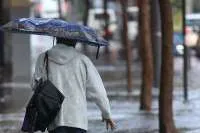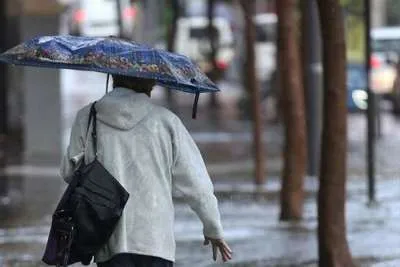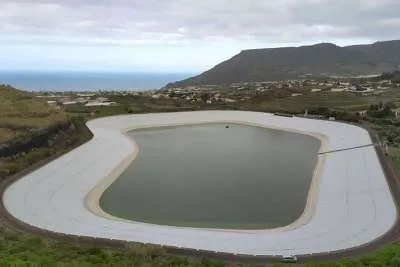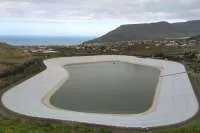New study shows that a third of 12 and 13 year olds drink alcohol
- 05-08-2024
- National
- Canarian Weekly
The latest data from the 2024 Alcohol Monograph, published by the Spanish Observatory of Drugs and Addictions under the Ministry of Health, reveals troubling statistics regarding alcohol consumption among minors (under 18s) in Spain, including the Canary Islands. The report highlights that 34.6% of children aged 12 and 13 have consumed alcohol at some point in their lives, with 30.6% drinking alcohol in the past year, and 21.5% in the last month.
The data indicates that a significant number of these young students, in their first and second years of secondary education, have engaged in risky drinking behaviours. Specifically, 8.3% have experienced drunkenness in the past year, while 5.8% have gotten drunk.
Alarmingly, alcohol remains the most commonly consumed psychoactive substance among students aged 14 to 18, with 75.9% reporting lifetime consumption and 73.6% having consumed alcohol in the past 12 months.
Binge drinking rates among this age group have remained relatively stable, with a slight increase from 27.9% in 2021 to 28.2% in 2024. However, frequent drinkers tend to engage in less intensive alcohol consumption.
In contrast to the national trend, secondary school students in the Canary Islands, aged 14 to 18, show the lowest rates of alcohol consumption across Spain. In this region, 73.2% of students have tried alcohol, 70.4% have consumed it in the past year, and 51.3% in the past month. These figures are significantly lower than the national average, where 56.6% of young people reported alcohol consumption in the past month. Additionally, the Canary Islands report fewer cases of acute intoxication among young people.
The study also notes a decline in the practice of ‘street drinking’, a traditional activity among Spanish youngsters known as ‘botellons’. In the Canary Islands, 28.6% of young people under 18 reported drinking in public spaces, compared to 47.4% on the mainland. Interestingly, this behaviour is more prevalent among girls.
Expanding the age range from 15 to 64 years old, the Canary Islands still present concerning figures. Approximately 25% of this population reported getting drunk in the past year, significantly higher than the national average of 16.7%. Furthermore, the Canary Islands have a higher prevalence of frequent drunkenness (25.6%) and binge drinking (22.7%) in the last 30 days, placing them among the top three regions of Spain for these behaviours.
The risk assessment using the AUDIT scale, a tool from the World Health Organization (WHO), indicates that 6% of the Spanish population aged 15 to 64 could be at risk of alcohol consumption. When considering average consumption, 3.9% of this demographic engaged in risky drinking, with men and younger individuals being more prone to this behaviour.
In 2021, alcohol accounted for 36.2% of admissions to substance abuse treatment in Spain's addiction care network, totalling 25,140 admissions. It remains the leading substance driving people to seek specialised professional help, surpassing cocaine, heroin, and cannabis. Of these admissions, nearly three-quarters were men. Furthermore, alcohol was present in 41.4% of hospital emergency episodes involving other psychoactive substances, primarily affecting young people under 25.



























































